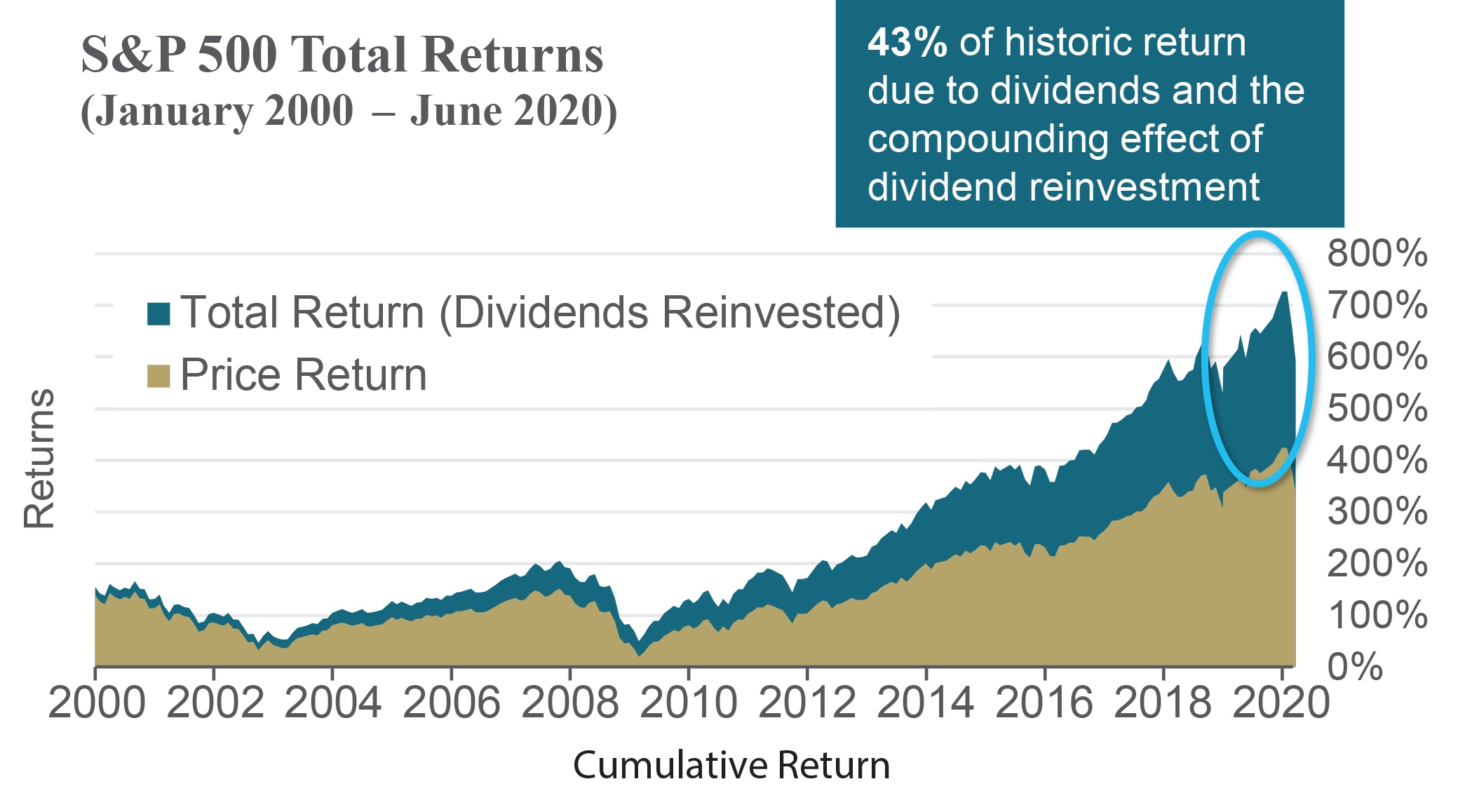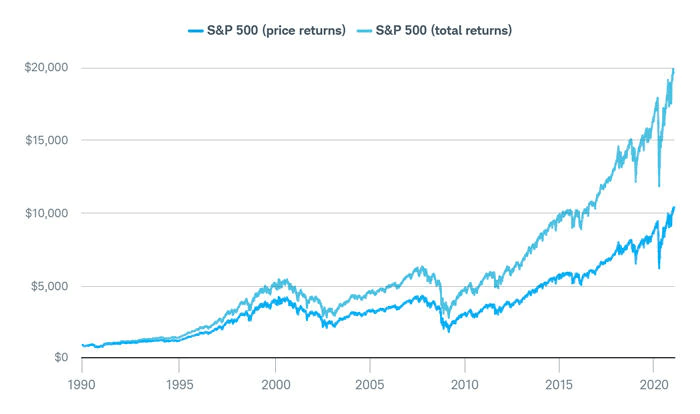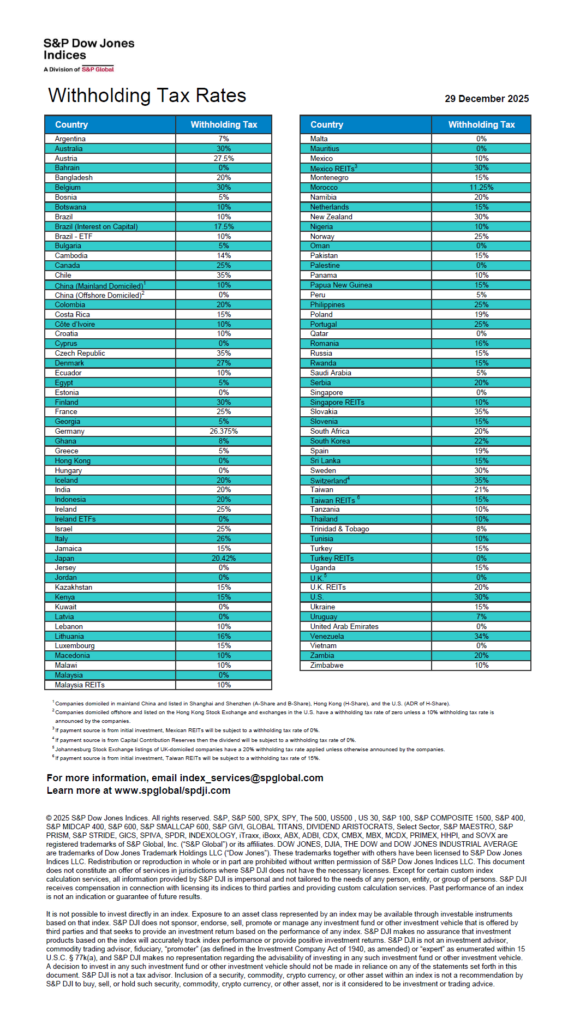One of the simplest and easiest ways to boost returns in the long-term is to invest in dividend-paying stocks and then reinvesting dividends. Automatic buying of additional shares when dividends are received leads to compounding of returns since stock prices usually go higher. During periods of market volatility dividend reinvesting is even better since additional shares even fractional ones can be picked up at lower price points. While increase in stock prices leads to faster wealth creation, it is mostly possible with only growth stocks. And by definition, when growth slows or stops, these stocks tend to stay flat or even go lower. With no dividends paid it is even possible to hold for years with no benefits realized.
The current dividend yield on the S&P 500 is 1.37%. However many stocks pay much higher than this yield. Some of the sectors that traditionally have higher dividend yields are Consumer Staples, Utilities, Real Estate and Energy. Plenty of stocks paying dividends of 3% can easily be found in these sectors.
According to an article at BNY Mellon, an astonishing 43% of the S&P 500 Total Return from 2000 to mid-2020 was due to dividends. From the piece:
Dividends: An important component of total return
The historically superior long-term returns of stocks come not just from price growth, but also from the dividends that many companies pay to their shareholders. Reinvesting those dividends allows investors to purchase more shares, which can help their assets grow faster.
As the chart below illustrates, 43% of the total return of stocks since 2000 has been due to the compounding effect of reinvested dividends.
Click to enlarge
Sources: FactSet, Mellon Investments Corporation June 30, 2020. Past performance is no guarantee of future results. Charts provided are for illustrative purposes only and not indicative of the past of future performance of any BNY Mellon product.
Dividends make up a significant part of S&P 500’s total return (43%). The S&P has risen 700% since January 2000. 20 years is the representative period for this chart.
Source: Equity income investing: A strategy for unpredictable markets, BNY Mellon
Below is another chart showing the huge difference in returns between S&P Total Return and Price Return from 1990 to 2020 from a Schwab article:
From the article:
For example, if you invested $1,000 in a hypothetical investment that tracked the S&P 500® Index on January 1, 1990, but didn’t reinvest the dividends, your investment would have been worth $8,982 at the end of 2020. If you had reinvested the dividends, you would have ended up with $16,971—nearly twice as much (see “More bang for your buck,” below).
More bang for your buck
Reinvesting dividends could significantly boost total returns over time.
Click to enlarge
Source: Charles Schwab. Data from 01/01/1990 through 12/31/2020. Calculations assume a starting portfolio value of $1,000. Indexes are unmanaged, do not incur management fees, costs, and expenses, and cannot be invested in directly. Past performance is no guarantee of future results.
Source: It May Be Time to Consider Dividend-Paying Stocks, Schwab
So the key takeaway is that reinvesting dividends is indeed wise strategy.
Related ETFs:
- iShares Dow Jones Select Dividend ETF (DVY)
- SPDR S&P Dividend ETF (SDY)
- Vanguard Dividend Appreciation ETF (VIG)
- Vanguard High Dividend Yield ETF (VYM)
Disclosure: No Positions





